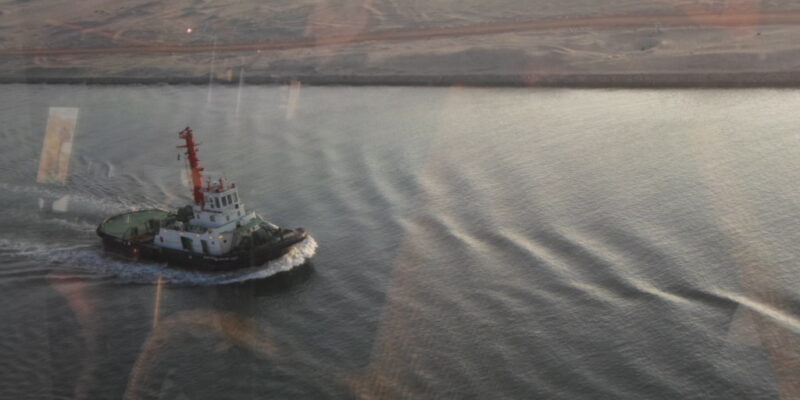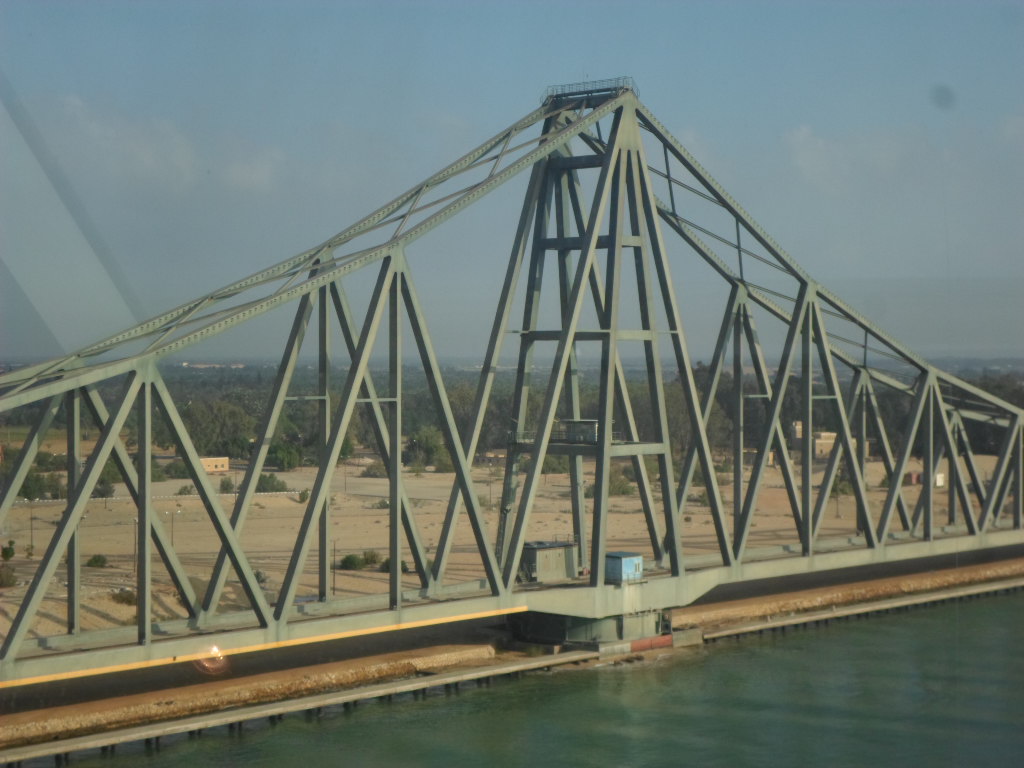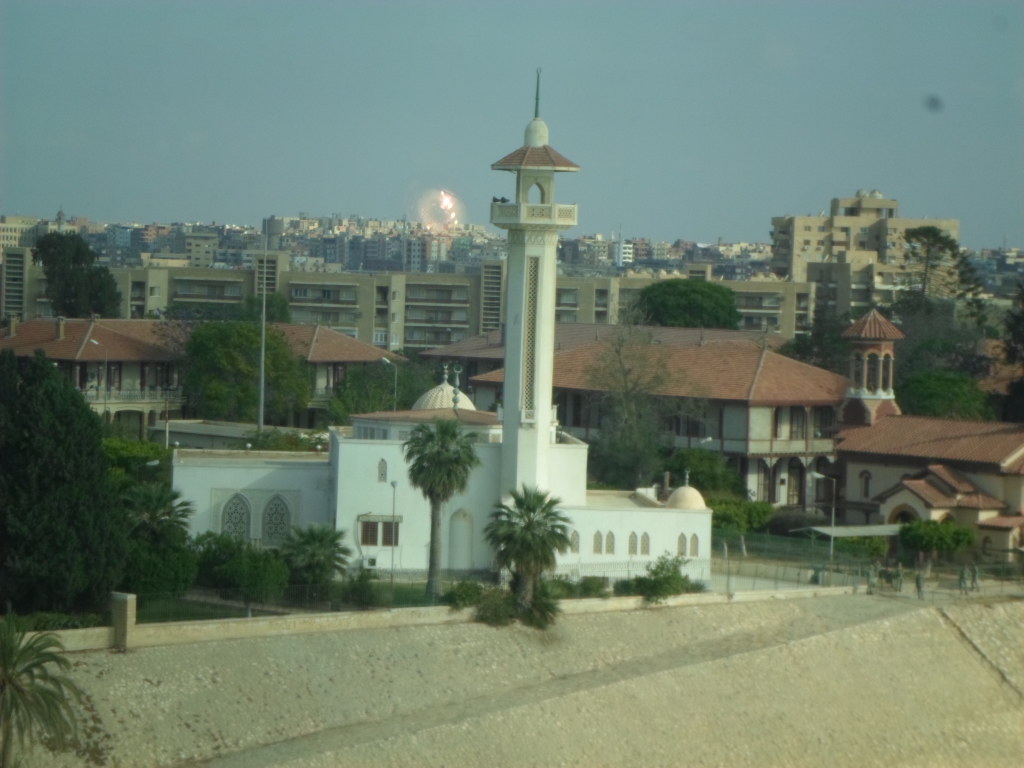|
|
Note: Today’s photos are from our sailing through the Suez Canal ten years ago today. See the post here. (Please excuse the spot on the upper right of each photo.
Last night after a homemade dinner of Cashew Chicken with Broccoli and Mushrooms, our friends Karen and Rich joined us in the living room while we engaged in lively conversation, having not seen them since a year ago in March. The conversation veered to the perception that the location where we’re staying at this time, in The Villages Florida, has a reputation as being the “STD capital of the world.”
This perception was created when an article mentioned that a doctor said The Villages had a high incidence of venereal diseases based on rampant sexual activities. It all started like this from this article:
|
|
Information abounds about how the STD rumor started…
Some say a disgruntled nurse hurled it as an insult. Others believe it began with a joke on a radio station. But most trace it to a 2006 television news story, “Doctors in Retirement Community Seeing Increase in STDs.”
“While statistics aren’t yet reflecting the trend, one physician at the Women’s Center of The Villages said, even in her years working in Miami, she has never seen so many cases,” the since-removed WFTV article reported.
The Women’s Center of The Villages is no longer open. And the doctor was never named.”
Yesterday, on the Garage Logic show on which Tom is mentioned daily when he contributes, “This day in Minnesota history,” the show’s host, Joe Soucheray, said this myth about The Villages, which the hosts of the show shared their opinions that this may be true. That’s how powerful this perception is that The Villages is a “real swinging place for people in their 60s and 70s.” We had no idea about this rumor when we booked the house here.
|
|
Here’s the link to the podcast from Garage Logic on May 11. If you’d like to hear their hilarious comments, you can fast forward one hour, 15 minutes, and 26 seconds to the exact spot where this is discussed.
Countless myths are flying around the internet about The Village about this topic including:
What do loofahs in The Villages mean?
|
|
|
|
Does the pink flamingo mean a swinging lifestyle?
|
|
Our friends Karen and Rich arrived last evening, and we had a lovely time together. The time has gone so quickly, and soon they must leave to head to Karen’s mom’s house for Mother’s Day weekend. We hope to see them again before we leave Florida in 78 days.
Photo from ten years ago today, May 12, 2013:
|
|



















